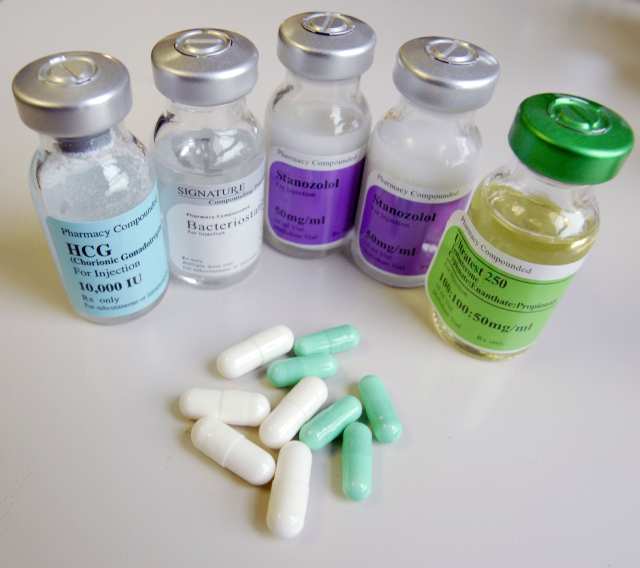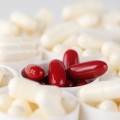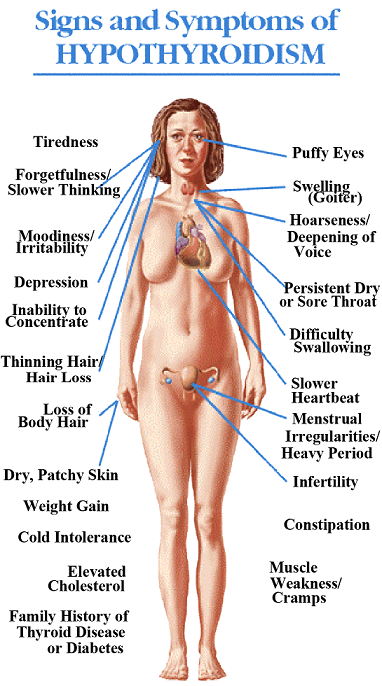The use of anabolic drugs, specifically anabolic steroids, by body builders and athletes who aim of increasing their muscles mass is very rampant.
A steroid is a hormone synthesized by the adrenal glands from cholesterol. All steroids contain a basic cyclopentanoperhydrophenanthrene ring structure. Biosynthesis of steroid hormones requires a series of enzymatic process that takes place inside the cell.
Steroid hormones are typically classified into three groups namely glucocorticoids, mineralocorticoids, and sex steroids. Glucocorticoids are involved in the body’s metabolism while mineralocortocoids play a role in salt and water balance with effect on the blood pressure. Androgens on the other hand are comprised of the male sex hormone testosterone and the female sex hormone estrogen.
Anabolic steroids are synthetic substances derived from or is a derivative of androgens specifically the male sex hormone, testosterone. Synthetic testosterone is used medically for androgen deficiency or insufficiency and in some hypogonadal syndromes. But bodybuilders and athletes often use this as anabolic steroids to build muscles and improve athletic performance.

Photo taken from isteroids.com
Anabolic steroids were first made in the 1930s mainly to be used therapeutically in medicine to stimulate bone growth and appetite, induce male puberty and treat wasting conditions from chronic illnesses. However, its use as an adjunct to increase muscle mass and performance in athletes has gained popularity through the years.
Several trials showed that its use, when combined with an adequate diet and proper exercise, can contribute to increase in body weight, often as a result of increase in lean muscle mass with resultant increase in muscular strength and endurance in high intensity activities. Approximately half of the available data show significant improvements in strength measurements with steroid treatment, whereas the remainder shows equivocal effects. With review of the literature available as of the moment, there is no substantial evidence to support the use of anabolic steroids for improving aerobic work capacity or endurance.
Despite its beneficial medical uses, there are also health-related risks that can be produced by long-term use or excessive doses of these medicines. The current regimens used for steroid doping include combinations of injectable and oral preparations of steroids at doses 10 to 40 times greater than those prescribed therapeutically. These side effects include derangement in cholesterol levels resulting to high low-density lipoprotein (LDL) which is known as the bad cholesterol and is mostly associated with heart attack and stroke and decrease the level of high density lipoprotein (HDL) which is known as the good cholesterol. It also causes acne, high blood pressure, liver damage and dangerous changes in the heart causing heart enlargement and heart failure. There can also be derangements in other hormones producing conditions pertaining to hormone imbalances such as gynecomastia and testicular atrophy. Gynecomastia is an abnormal enlargement of the breast either in a male or a female. Testicular atrophy may lead to infertility and may also increase the risk of cancer.
When administered to adolescents, anabolic steroids can result to premature closure of the epiphyses causing a stop in the lengthening of bones stunted growth. It could also result to accelerated bone maturation and premature sexual development. Studies also show those anabolic steroids used in adolescents are correlated with aggressive behavior.
These drugs can be administered either orally, through injections or as creams or patches. Oral administration is the most convenient but only a small portion of the drug will be absorbed in the active form, most of it will be converted to the inactive metabolite. Testosterone can be administered by injection. The injectable form is typically administered into the muscle and is given every 3 months. Transdermal patches, gels or creams are also some of the convenient ways of testosterone administration and could also deliver a steady dose through the skin and into the bloodstream.
The effect of anabolic steroids on muscle mass can be attributed to an increase in the production of proteins and it may not be surprising if in the future, formation of cancers with prolonged steroid use would surface.
Since there are numerous cases of steroid abuse, detection of use are sometimes employed for clearance purposes especially in high risk groups such as athletes. The most common specimen for detecting anabolic steroid usage is urine. The primary metabolite in the urine can be detectable for up to 30 days after the last use, depending on the specific agent, dose and route of administration.


 (6 votes, average: 4.17 out of 5)
(6 votes, average: 4.17 out of 5)









